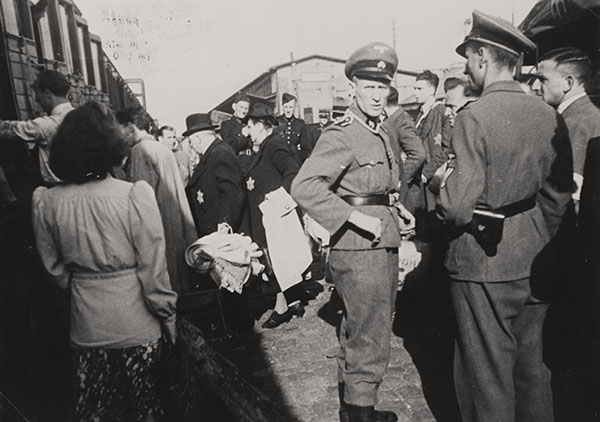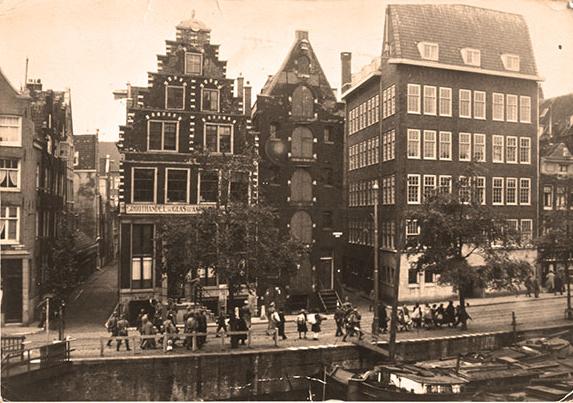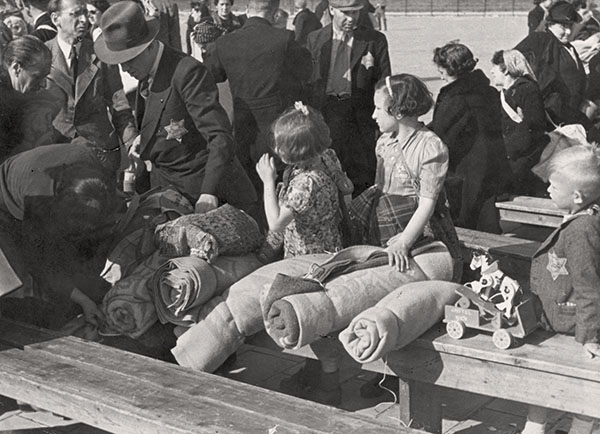In August 1942, two major round-ups took place in Amsterdam; these were followed by numerous round-ups, on different scales, throughout the Netherlands. Some Jews were exempt from deportation for the time being. They had a stamp in their identity card known as a Sperre, which promised temporary postponement of deportation. At first only a small number of these provisional exemptions were issued, and only in Amsterdam, but from September 1942 onwards there were thousands of them. Jews desperately hunted down Sperre stamps. Sperren were granted to those who worked directly or indirectly for the German war effort – for example, Jews who made uniforms for the Wehrmacht (German military forces) – Jewish Council staff, Jews baptized as Protestants, those with non-Jewish spouses and some Sephardi Jews. But a Sperre was no guarantee. It could expire and become worthless at any moment.
There were many changes to the deportation procedure in this period. Jews without a Sperre stamp no longer received summons to report for deportation but were picked up at home in the evening, during curfew hours. At the same time, the round-ups continued.



